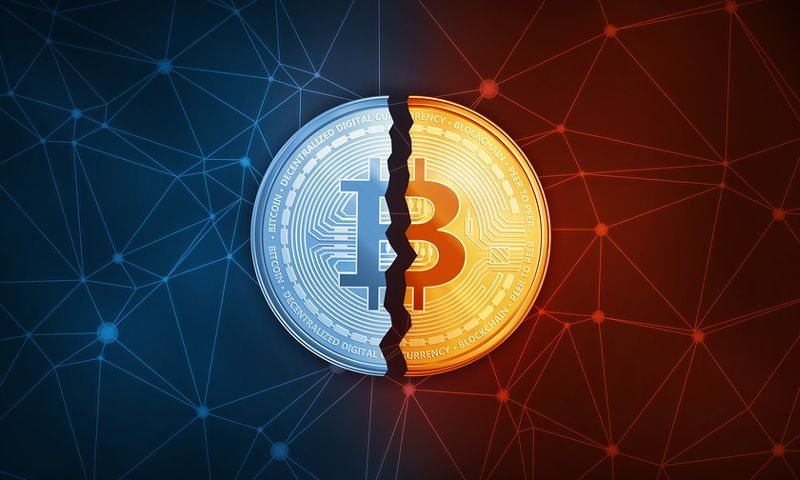Long-term effect of Bitcoin halving.

In November 2012, the first halving took place in the Bitcoin network – the award to miners for the found block was reduced from 50 to 25 BTC. At that time, Bitcoin cost about $12. A year later, in November 2013, the weighted average Bitcoin exchange rate reached $260. The second halving in the Bitcoin network took place in July 2016. Cryptocurrency was trading at that time at $600- $650 per coin. In July 2017, Bitcoin was already worth $2600. Thus, within 12 months after each halving, a multiple increase in the cryptocurrency exchange rate was observed.
But if you look at the dynamics inside these 12 months, then we will see that growth took place on the eve of halving, and then faded for several months or went at a very slow pace. So, in 2016, significant growth after the July halving began only six months later, closer to December 2016.
This dynamics may be due to the fact that the effect of the expected growth due to halving is reflected in the Bitcoin exchange rate several months before the reduction in remuneration to miners. The long-term effect of halving will appear only after the market feels the effects of reduced remuneration, when miners simply refuse to sell mined coins at a rate that does not meet their expectations. A reduction in the supply of new coins to the market will lead to increased demand pressure, and this will provoke an increase in the exchange rate of the first cryptocurrency.
Bitcoin owners took a waiting position. According to the same Glassnode, the share of emitted bitcoins that have not moved for at least two years is at a historical maximum of 44%. All these statistics indicate that Bitcoin account holders are not ready to sell coins at the current rate. Demand pressure on supply will push the price of Bitcoin up over time, but first demand must reach a critical mark, after which the market will receive a new impetus and move to more intensive growth. Judging by the dynamics of past years, this may happen closer to the new year and the new eastern year, that is, from December 2020 to February 2021.
At the end of 2020, Bitcoin has every chance to overcome the $15,000 mark, and in 2021 – and $20,000. If Bitcoin manages to update the historical maximum that we saw in December 2017, then further growth will go exponentially – and within a week Bitcoin will jump to $30,000. If the historical maximum is not overcome, then Bitcoin risks freezing in the range of $15000- $20,000 for several more years before the next halving.



